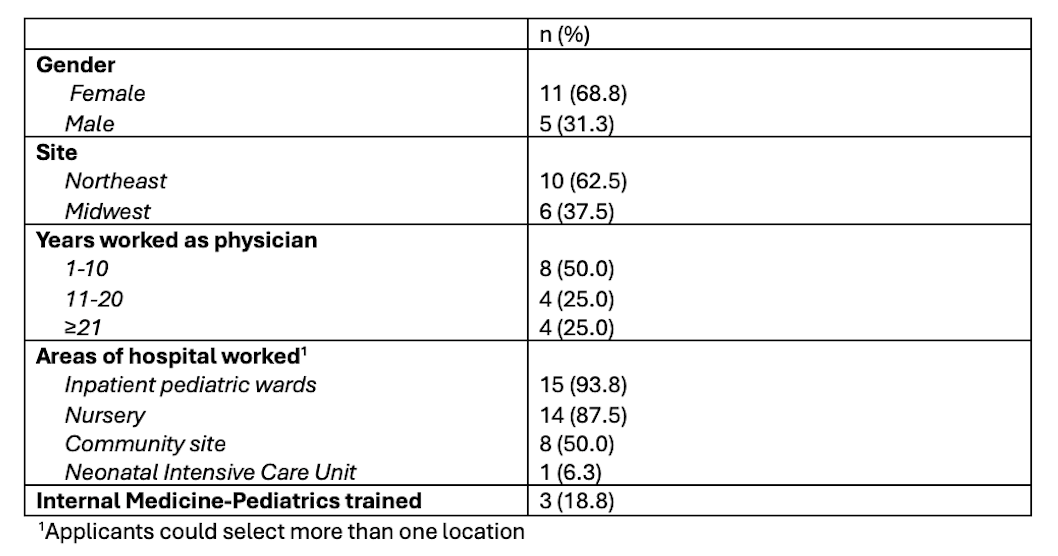Newborn Care 2
Session: Newborn Care 2
260 - Neonatal Hyperbilirubinemia: Why do hospitalists continue to treat below phototherapy thresholds?
Sunday, April 27, 2025
8:30am - 10:45am HST
Publication Number: 260.5615
Alexa Allotta, Yale-New Haven Children's Hospital, New Haven, CT, United States; Monisha Sachdev, University of Michigan Medical School, Ann Arbor, MI, United States; Nirali Butala, Boston Children's Hospital, Boston, MA, United States; Rachel Osborn, Yale School of Medicine, New Haven, CT, United States; Jaspreet Loyal, Yale-New Haven Children's Hospital, Trumbull, CT, United States; Lyubina Yankova, Yale-New Haven Children's Hospital, New Haven, CT, United States
- LY
Lyubina Yankova, MD (she/her/hers)
Pediatric Hospital Medicine Fellow
Yale-New Haven Children's Hospital
New Haven, Connecticut, United States
Presenting Author(s)
Background: In the 2012 Choosing Wisely Guidelines, authors recommend against initiating phototherapy below light level for Neonatal Hyperbilirubinemia (NHB), yet this still occurs in practice and reasons are not well understood.
Objective: To understand the perspectives of hospitalists around phototherapy initiation below light level.
Design/Methods: This study is a sub-analysis of themes generated from a larger qualitative study of pediatric hospitalists from 2 major academic medical centers in the Midwest and New England on hospitalist perspectives regarding overuse in medicine. Codes related to hyperbilirubinemia were extracted from the original transcripts and reviewed for themes related to initiation of phototherapy below treatment level.
Results: 16 pediatric hospitalists were interviewed in the parent study (Table 1). Three major themes emerged for treating NHB below light level:
1) Concern for lack of follow up due to feasibility of checking the serum bilirubin in a nearby lab, lack of weekend or holiday appointments with the primary care provider (PCP), and family reliability: “It depends a little bit on what time the baby is born...what day of the week it is. It depends on the reliability and their ability to get into their follow-up doctor...”
2) A desire to prevent prolonged hospitalization or readmission: “When it's basically at light level, and it's later at night and they wanna go home the next morning. Sometimes I'll start it to make sure they can go home, and it doesn't go up and prolong the stay.”
3) Perceived pressure from community PCPs and parents to act: “...there's been a couple times with the outpatient pediatricians when they wanna direct-admit kids. They've gotten angry at me because I'm just like, "I can't admit a kid who doesn't need it, 'cause I'm not gonna start phototherapy on them.”
Participants shared that knowledge of levels at which bilirubin encephalopathy and kernicterus occur, the risk of disruption to breastfeeding by initiating phototherapy, and the burden of hospitalization on families contributed to better adherence to the Choosing Wisely Guideline.
Conclusion(s): In this study, guidelines alone were insufficient to change practice among hospitalists. We highlight opportunities for follow up outside of traditional weekday clinic hours and ongoing education for hospital clinicians, primary care providers and parents, about current thresholds for NHB treatment which are already below the level at which kernicterus is observed to occur.
Table 1. Characteristics of Participants (N=16)

Table 1. Characteristics of Participants (N=16)


